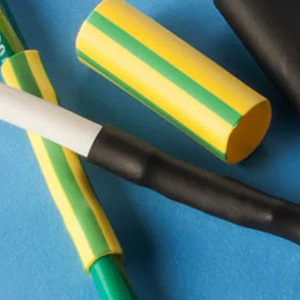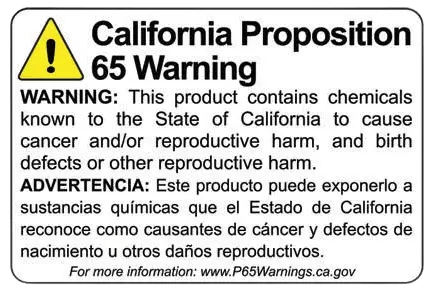 In various industries, from electronics to automotive, ensuring safety during electrical work is paramount. Heat shrink protection offers a reliable method for insulating wires, providing mechanical protection, and safeguarding against environmental factors. This guide will walk you through the benefits of heat shrink protection and best practices for using it effectively.
In various industries, from electronics to automotive, ensuring safety during electrical work is paramount. Heat shrink protection offers a reliable method for insulating wires, providing mechanical protection, and safeguarding against environmental factors. This guide will walk you through the benefits of heat shrink protection and best practices for using it effectively.
What is Heat Shrink Protection?
Heat shrink tubing is a versatile material used to insulate and protect wires, cables, and other components. Made from thermoplastic, it shrinks in diameter when exposed to heat, tightly wrapping around the objects it covers. This creates a protective seal that guards against moisture, abrasion, and other potential hazards.
Why Use Heat Shrink Protection?
- Electrical Insulation: One of the primary uses of heat shrink tubing is to insulate electrical connections, preventing short circuits and reducing the risk of electrical fires.
- Durability: Heat shrink tubing is resistant to abrasion, chemicals, and harsh environmental conditions, ensuring the longevity of your electrical work.
- Safety: By covering exposed wires, heat shrink tubing minimizes the risk of electric shock, which is crucial in both industrial and residential settings.
- Neatness: Beyond safety, heat shrink protection helps organize and tidy up wiring, making maintenance easier and reducing the likelihood of tangled wires.
Choosing the Right Heat Shrink Tubing
To ensure maximum protection, it’s essential to choose the right type of heat shrink tubing for your specific needs. Consider the following factors:
- Diameter: Select a tubing size that matches your wires or components. Tubing usually shrinks to half its original diameter, so measure accordingly.
- Shrink Ratio: This is the ratio of the tubing’s original size to its shrunken size. Common shrink ratios are 2:1 and 3:1, but higher ratios are available for more extreme applications.
- Material: Depending on your application, you might need heat shrink tubing made from different materials, such as polyolefin (the most common), fluoropolymer, or elastomer.
- Color Coding: Many professionals use color-coded tubing to differentiate between wires or components, aiding in organization and safety.
Best Practices for Using Heat Shrink Protection
- Preparation: Before applying heat shrink tubing, ensure that the wires or components are clean and free of debris. Measure and cut the tubing to the appropriate length.
- Application: Slide the tubing over the wire or component before making any connections. Use a heat gun to apply even heat around the tubing, causing it to shrink. Avoid using open flames, as this can damage the tubing or underlying wires.
- Inspection: After the tubing has shrunk, inspect it for any gaps or uneven shrinking. If the tubing did not shrink evenly, it might need to be replaced.
- Storage: Store unused heat shrink tubing in a cool, dry place to prevent degradation from heat or humidity.
Conclusion
Heat shrink protection is an essential tool in ensuring the safety and longevity of electrical work. By choosing the right tubing and following best practices during application, you can protect your components from damage and reduce the risk of electrical hazards. Whether you’re working on a large industrial project or a small DIY job, investing in high-quality heat shrink tubing is a step toward a safer, more reliable outcome.


